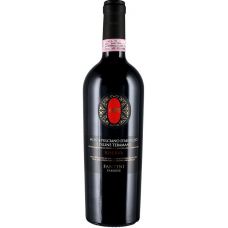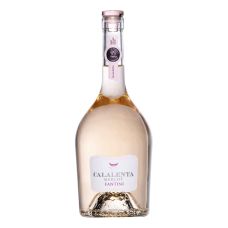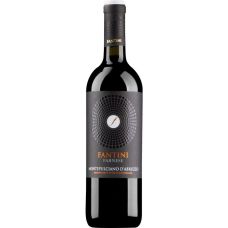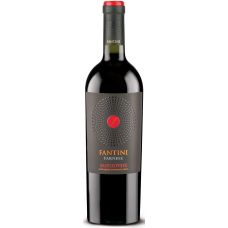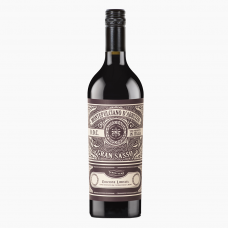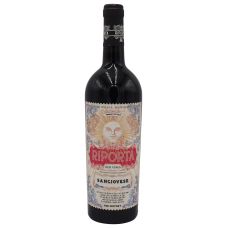This area of Italy was already inhabited in pre-Roman times by the pre-Indo-European culture of the Piceni and subsequently by various Italic tribes Known in ancient times as Samnium, the name was changed in the Middle Ages to Aprutium In the 12th century the emperor Frederick the 1st named the region Listitieratu Aprutii and made it part of the Kingdom of Southern Italy, a political entity that despite many difficulties, maintained its own identity until 1860 L’Aquila, the current regional capital, was probably founded in 1254 to sustain an anti-imperial uprising in the western part of the region.
The Kingdom of Southern Italy passed from Spain to Austria and, in 1735, became the property of the French Bourbons When Napoleon assumed power, his brother-in-law Joachim Murat became the king of Southern Italy The poet Gabriele Rossetti from Vasto was appointed Secretary of Public Education in the administration of the kingdom Rossetti later lived in exile in London, where his son, Dante Gabriel Rossetti, became a well-known painter and was one of the founders of the pre-Raphaelite movement.
The Kingdom of Southern Italy came to an end in 1860 following Garibaldi's victorious campaign that united modern Italy Abruzzo was then joined with Molise into a single region known as Abruzzi e Molise The status was changed in 1963 when the joining was reversed and today’s Abruzzo was born while Molise became a separate region The United Italian government continued and expanded civil works started by the Bourbons, such as draining the Lake Fucino creating 140 square kilometers of excellent agricultural land.
In addition, new railways and highways were built, and in 1923 the national Park of Abruzzi was established protecting an area of 400 square kilometers as a local habitat sanctuary During the 1970's and 1980's the Adriatic coast saw the birth of a new industry-based economy which, along with tourism, provided a much needed stable economy for the local population.
- 750ml
- 750ml
- 750ml
- 750ml
- 750ml
- 750ml
- 750ml
- 750ml

